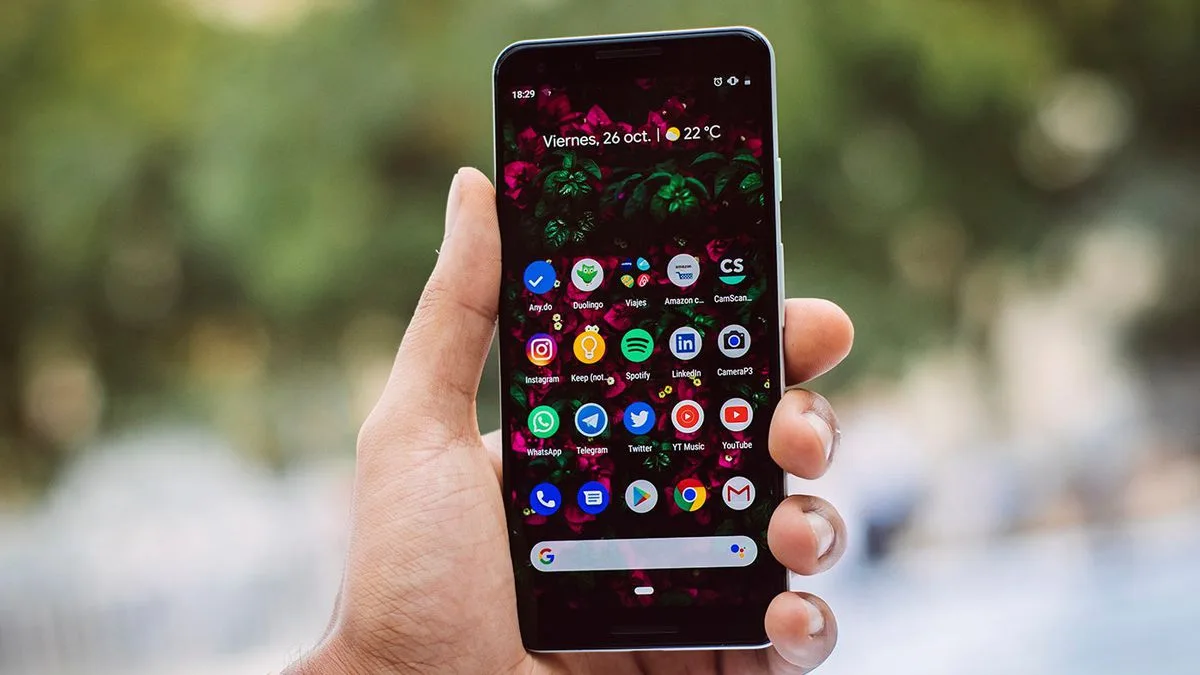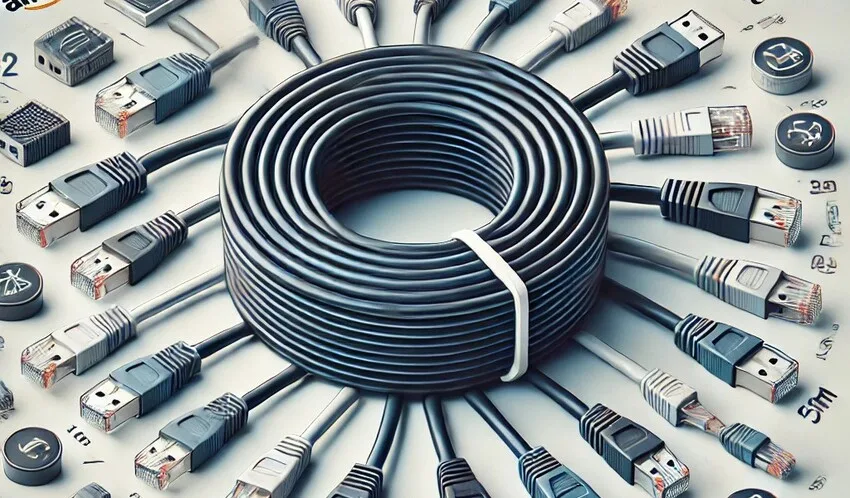In our digitally driven world, smartphones have become more than just devices for communication; they are our lifelines to a connected, more efficient life. As these devices evolve, so too do their features, yet many of us only scratch the surface of what our smartphones are capable of. Unlocking the potential of these features can transform ordinary usage into an extraordinary, multifaceted experience. Let’s some latest smartphone features.
1. Advanced Camera Capabilities
Smartphones today come equipped with advanced camera systems that offer a range of features to enhance photographic skills:
Pro Mode:
This allows users to manually control settings such as ISO, shutter speed, and aperture, offering a level of customization that rivals DSLR cameras. By mastering Pro Mode, users can take stunning, high-quality photos in a variety of lighting conditions.
Night Mode:
Night photography has always been challenging, but with Night Mode, smartphones can capture clear, detailed photos with minimal noise, even in low light. This mode works by extending the shutter speed and enhancing color accuracy, which breathes life into night scenes.
Portrait Mode
: Utilizing depth sensors and software algorithms, Portrait Mode focuses on the subject while blurring the background, creating a bokeh effect that highlights the subject and adds a professional touch to your portraits.
High-Definition Video:
With options to record in 1080p or 4K, smartphones are not just for capturing stills but also for producing high-definition videos. This capability is perfect for creating content for social media or even shooting short films, providing tools like image stabilization and slow-motion effects to enhance the final product.
2. Health and Wellness Tracking
Smartphones serve as personal health assistants in our pockets:
Activity Monitors:
Using built-in sensors, smartphones can track daily activities such as steps taken, calories burned, and overall physical activity. This information is crucial for maintaining an active lifestyle and setting health goals.
Heart Rate Monitoring:
By placing a finger on a sensor, some smartphones can measure your heart rate, helping you monitor your heart health and stress levels throughout the day.
Sleep Tracking:
Sleep is vital for overall health, and smartphones can help track sleep patterns, providing insights into sleep quality, duration, and sleep cycles. This data can help users make informed decisions to improve their sleep habits.
3. Smart Connectivity Options
Connectivity features enhance the way devices interact:
NFC (Near Field Communication):
This feature allows smartphones to communicate with other NFC-enabled devices with a simple tap. It can be used for contactless payments, quick pairing with devices, and even reading information from smart tags.
Bluetooth and Wi-Fi:
These are essential for connecting with a wide range of devices, from wearable fitness trackers to home security systems. Smartphones can serve as control centers, managing and monitoring a multitude of devices wirelessly.
5G Technology:
The rollout of 5G networks has revolutionized smartphone connectivity, offering faster speeds and more reliable internet connections. This enables better streaming, smoother online gaming, and quicker downloads, enhancing the mobile internet experience significantly.
4. Augmented Reality (AR) and Virtual Reality (VR)
These technologies provide immersive experiences that go beyond traditional smartphone use:
AR Applications:
Augmented reality has practical uses in education, where it can bring historical events to life, or in retail, allowing consumers to visualize products in their homes before making a purchase. AR can also enhance navigation systems by overlaying directions in the real world, making them more intuitive.
VR Experiences:
Virtual reality transforms gaming and entertainment, providing a fully immersive environment that transports users to different worlds. Beyond entertainment, VR can be used for educational purposes, such as virtual field trips and interactive learning environments, which can make learning more engaging.
5. Security Features
With the increasing amount of personal data stored on smartphones, security is more important than ever:
Biometric Security:
Features like fingerprint scanners and facial recognition provide a secure and convenient way to unlock devices, authenticate payments, and access sensitive information.
Encryption:
End-to-end encryption in messaging apps ensures that only the communicating users can read the messages, protecting against interception by third parties.
Remote Wipe:
In case of loss or theft, remote wipe capabilities allow users to erase all data from their device remotely, safeguarding personal information from unauthorized access.
6. Automation and Smart Assistance
Automation and AI-driven assistance can streamline everyday tasks:
Voice Assistants:
These allow users to interact with their devices using voice commands. You can ask questions, control home appliances, set reminders, and even make reservations without lifting a finger.
Smart Routines:
Smartphones can automate daily routines based on user behavior. For instance, they can automatically turn on Do Not Disturb mode during meetings or at bedtime, or adjust smart home devices based on location or time of day.
Conclusion
The features available in modern smartphones are transformative and capable of enriching our lives in countless ways. From enhancing productivity and facilitating communication to improving health and entertainment, these features can greatly impact our daily activities. By exploring and utilizing these capabilities, users can unlock their smartphone’s full potential, leading to a more connected, efficient, and enjoyable life. Whether for personal or professional use, understanding and leveraging these features can greatly enhance your digital experience.














Leave a Reply